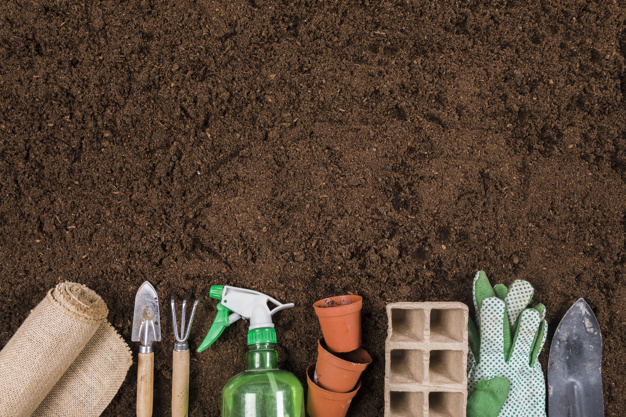Receiving our special guest from ROAIA company in Egypt
26 July 2023

 MCFP
MCFP Over time and with different years, many farmers notice that one crop is better than another crop while they are in the same cultivated area, and after many types of research and evidence it was found that the soil loses many of the properties that help plants grow, so when plants consume these elements in plant growth We need a new method that helps the soil to give each year a distinct crop, and it was discovered that animal manure in the past helped to improve the quality of the soil because it provides useful elements for the plant and from that time fertilizer became an essential part of agriculture and developed and gave many types to preserve the agricultural profession, including chemical fertilizers. In Pakistan, fertilizers are of great importance to them. In Pakistan, agricultural production is dominated by a number of crops that represent about 60% of the GDP, and agriculture in Pakistan is one of the most important engines of the Pakistani economy, so it was important for Pakistan’s neglectful interest in chemical fertilizers.
Ingredients of chemical fertilizers:
The composition of fertilizers depends primarily on the primary fertilizers and the representation of the basic and secondary elements of fertilizers, which would improve the growth of plants, but what do both primary and secondary chemical fertilizers consist of?
Primary fertilizers:
1- Potassium: It is used in protein synthesis and also in the main plant processes, when yellowing of the leaves or weakness in the stems, roots, and leaf fall appear, these signs indicate that a plant suffers from a deficiency in potassium, which is compensated for by Chloe.
2- Nitrogen: It helps in the synthesis of proteins, hormones, and nucleic acids. When a decrease in nitrogen occurs, there is a yellowing of the leaves. This is treated by supplying plants with nitrogen fertilizer made from ammonia.
3- Phosphorous: Responsible for nucleic and phosphorous acids and contributes to providing energy for plants by helping it complete metabolic processes and is extracted from caprine, coal, and phosphate rocks.
Secondary fertilizers:
Not every plant needs these ingredients, but a few plants need a small number of secondary fertilizers, it contains calcium, magnesium and sulfur. Originally the soil contains enough of these components naturally, and for enzymatic reactions to take place effectively in plants, they need iron and manganese. Zinc, although it is present in small quantities, is no less important than the components responsible for growth.
How are fertilizers made?
Production of nitrogen fertilizer
Ammonia is the source of nitrogen and thus one of the most important components of nitrogen fertilizers. Instead of being made from expensive raw materials, a process for producing ammonia from atmospheric air was developed. The process begins with pumping natural gas and steam into a large container, then atmospheric air is pumped into the system, and the gas removal step begins, then oxygen is removed, followed by carbon dioxide, leaving nitrogen and hydrogen.
Potassium fertilizer production
Potassium chloride is found in massive clumps. The manufacturers convert it to a more usable form, thus preparing it for mixing with other materials in the following steps.
.
Phosphorous fertilizer production
Phosphorous is extracted from phosphate rock by treating it with sulfuric acid to obtain phosphoric acid. Some of these substances react with sulfuric acid and nitric acid, to produce triple superphosphate, which is a strong source of solid phosphorous. Another good form of phosphorous fertilizer is as ammonium phosphate. This is done by reacting phosphoric acid with ammonia in a separate container.